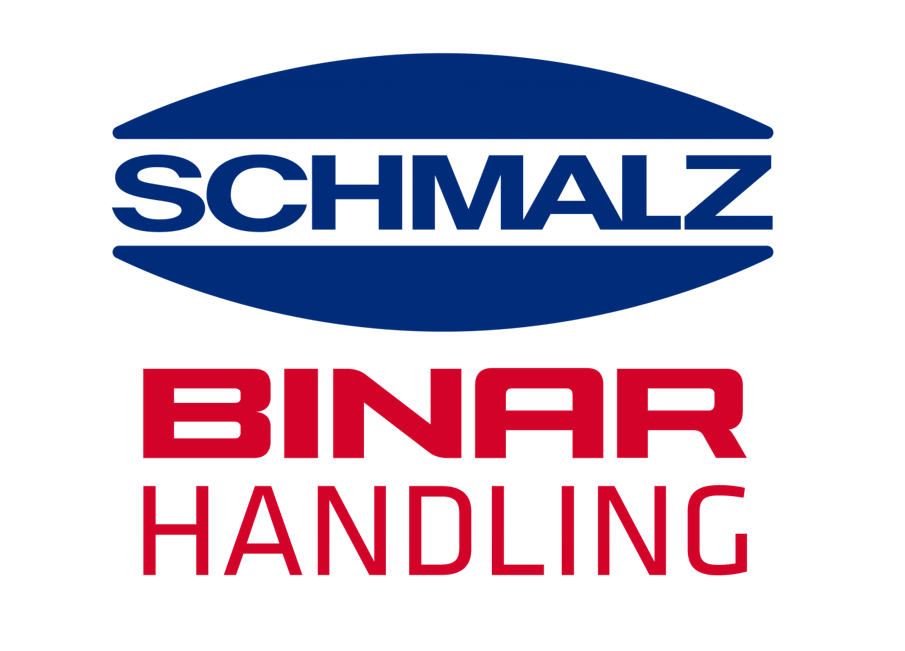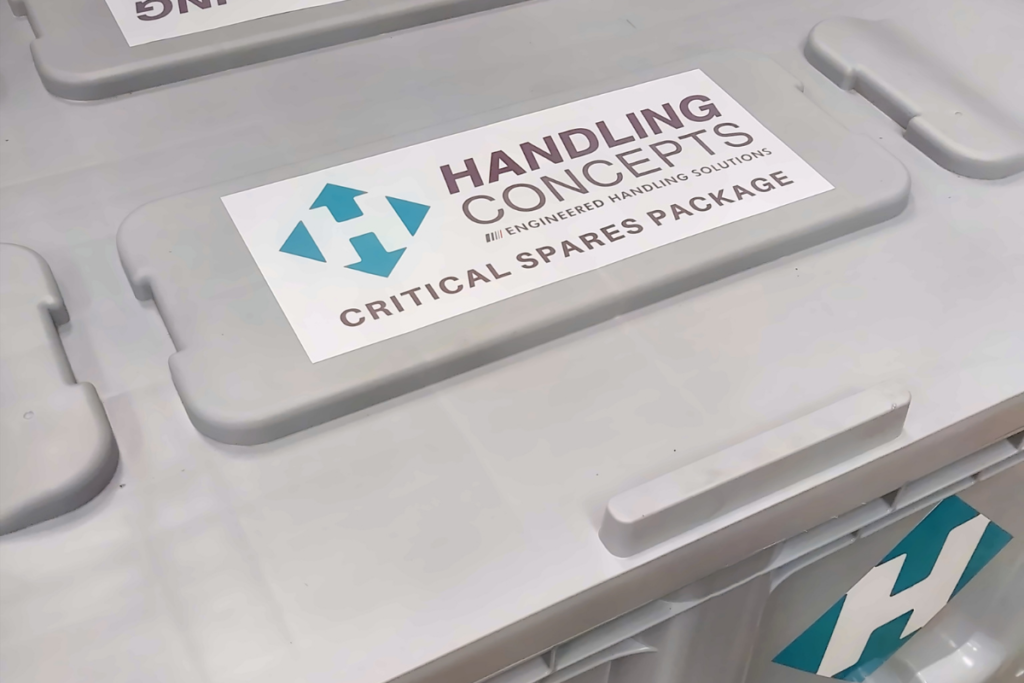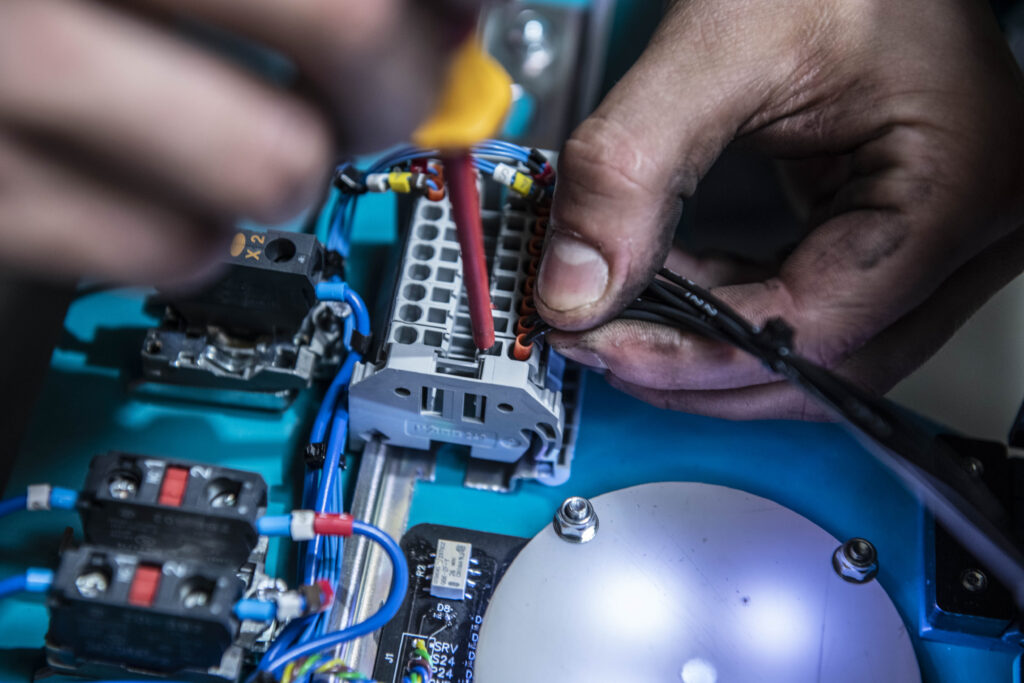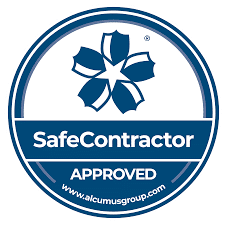Using Vacuum Lifters—The 5 Rules of Safety
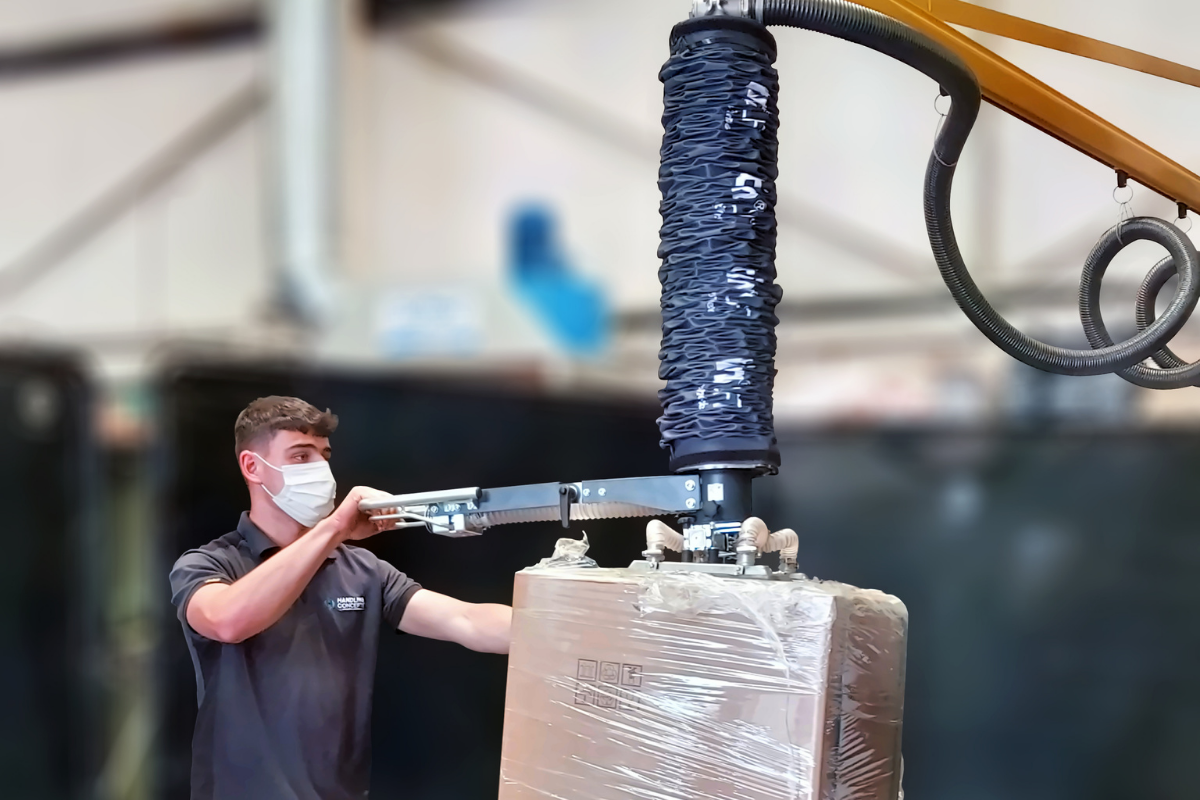
Vacuum Lifters are an efficient option for handling heavy loads. They provide a ‘floating’ experience for operators, enabling them to raise and lower products effortlessly. Their ease of use, however, can mean that operators become overconfident, so it is essential that this type of equipment is used correctly and safely. Benefit from this by following the five rules of safety for vacuum lifters.
1. Check the Condition of The Vacuum Lifter
The condition of your equipment is one of the most crucial factors to ensure safety. At the start of the day, before using the vacuum lifter, inspect and test it. Look for signs of wear and tear, paying attention to moving parts, nuts, bolts, and lubrication.
During the test, ask the operator to confirm that the vacuum lifter feels like it works smoothly and correctly. The test should be carried out by a skilled operator who will be your best source of information on the condition of the equipment.
If any safety concerns or potential problems are identified, ensure that your maintenance team is notified, and clearly label the vacuum lifter as ‘out of order’ until the problem is rectified.
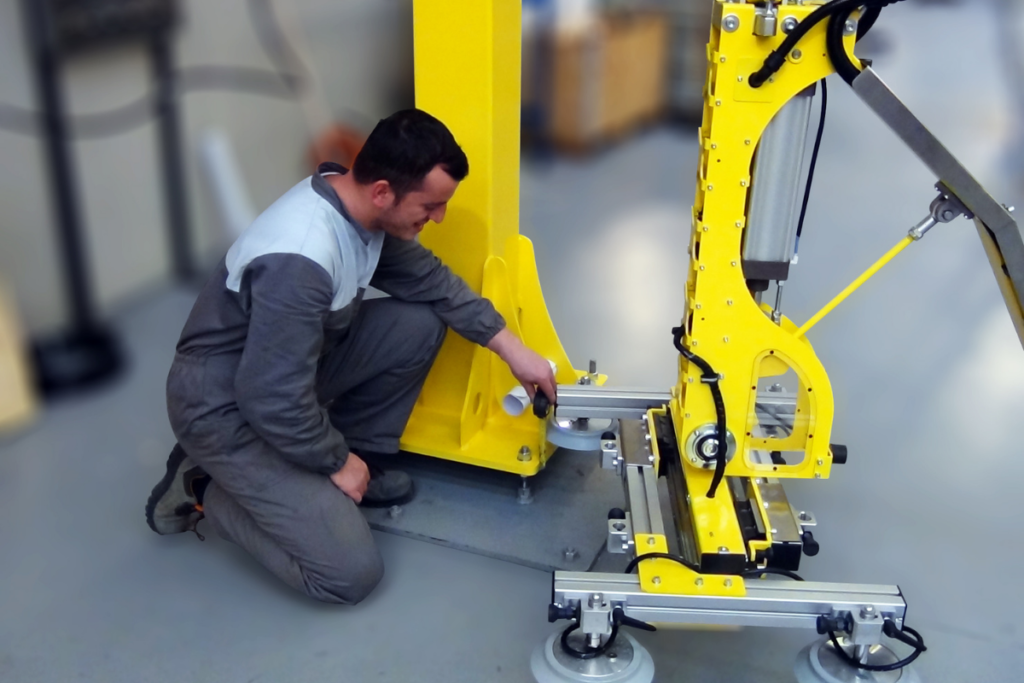
2. Use the Equipment Within Its Specification
Your materials handling equipment supplier will provide you with a manual for each piece of lifting equipment and your operator will be trained to use it and maintain safe lifting practices. Remember that supporting handling equipment such as jib cranes must be appropriately rated to support the weight of the vacuum lifter and the load. This is known as your safe working load (SWL) and it must be adhered to.
Your supplier will have tested your equipment to ensure that it is appropriate for the application for which it was designed. It is important that the vacuum lifter is not used for anything outside of its SWL. If you are unsure, consult your materials handling equipment supplier who will ensure that you are given the correct advice.
Your worker’s safety is one of your top priorities and this must be balanced with your productivity and efficiency requirements. When you invest in a vacuum lifter from Handling Concepts, you will have access to years of industry knowledge, training, and service packages to suit your needs. You can find out more about them on the Handling Concepts spares and service page.
3. Be Aware of Your Own Personal Safety
Operators should know how their actions will affect themselves and others, and they must always consider safety first. When operating a vacuum lifter, the operator should keep clear of the load and should pay attention to the position of their hands and feet. Bending or walking under the load should be avoided in case of accidental release, and a loaded lifter should never be left unattended. Operators should ensure that others in the area are made aware that the lifter is in operation so that they can take steps to ensure their own safety and to be at hand to assist if necessary.
Ensuring that operators understand their responsibilities and attention to safety will help to avoid injuries on the factory floor.
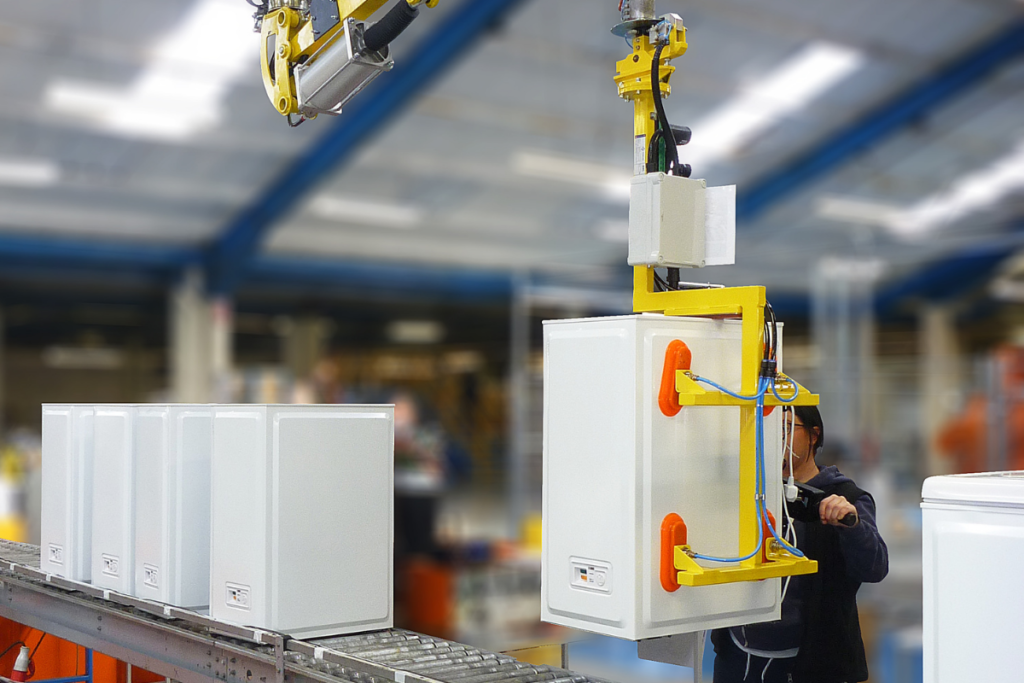
4. Invest in Staff Training
Your vacuum lifter should only be used by trained operators. They should know about the associated risks of using the machine as well as how to safeguard against equipment failure.
Investing in staff training will minimise risk, and it is recommended they are trained in:
- The potential dangers from using the vacuum lifters
- The factors that may lead to equipment failure and how to avoid them
- The limitations of the equipment
- Instructions on planning and conducting safe lifting operations
- Specific instructions on the use of the machine issued by the suppliers
- Knowing where the operation controls are located
- Education on maintenance requirements, examinations, and the system for reporting defects
Training should not be a ‘onetime event.’ After a time, important details can be forgotten and overlooked. So it is recommended that refresher training take place every 1-3 years.
It goes without saying that any new operators must be appropriately trained before using the equipment.
5. Perform Risk Assessments
Employers are responsible for ensuring that suitable and sufficient risk assessments are conducted regularly to assess whether your lifting equipment is appropriate and suitable for all aspects of the operation. Your materials handling equipment supplier will advise before new or existing equipment is specified for handling loads.
Risk assessment should be conducted by someone with knowledge of the materials handling process and the capabilities and limitations of the type of lifting equipment. Employees and safety representatives in your team will offer first-hand knowledge of the hazards and risks involved and should be consulted during the assessment.
Performing a risk assessment should be documented and accessible and is vital to ensure that everyone in your team is aware of the risks and hazards of your vacuum lifter.
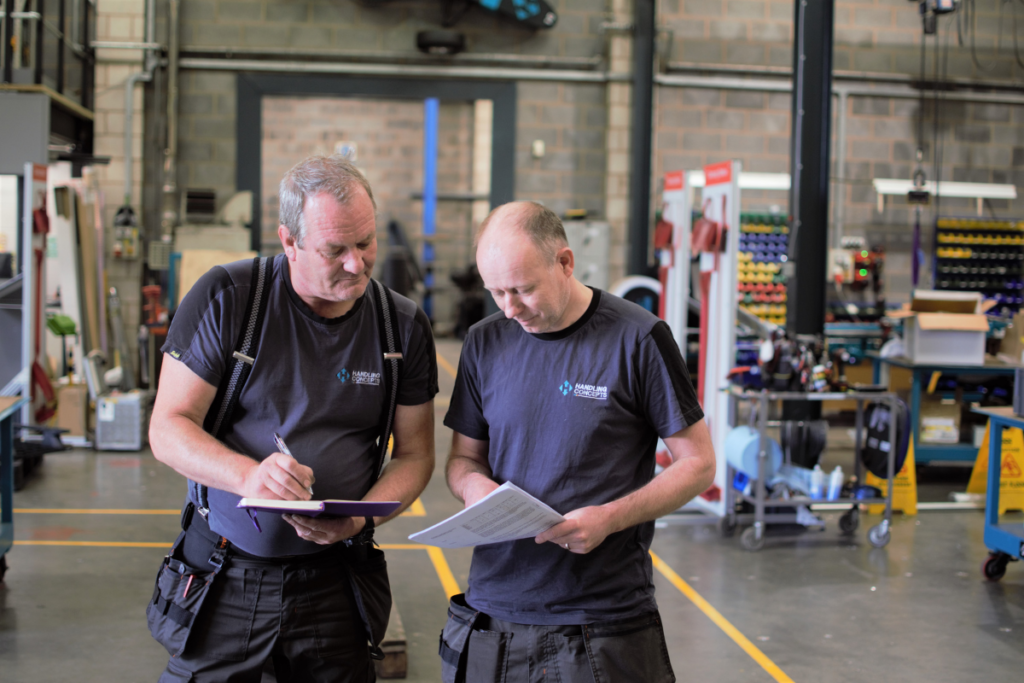
How Can Handling Concepts Help?
Following the five rules above and any additional instructions your supplier has provided will help to ensure that your operators are safe and that your investment is giving you the efficiency and productivity returns that you require.
If you would like to find out more about vacuum lifters, contact Handling Concepts today and you will benefit from an expert team of engineers ready to support you throughout the lifetime of your project and beyond with service plans that ensure your equipment is safe to use and your workers are trained.

